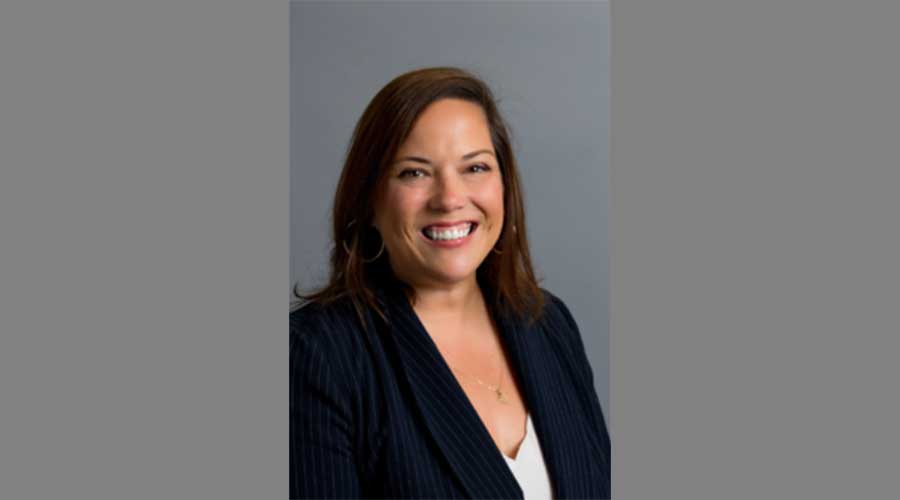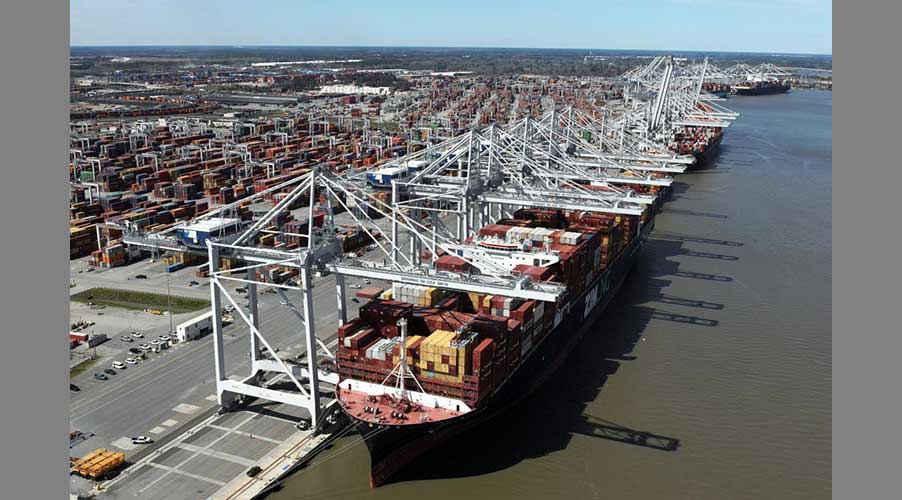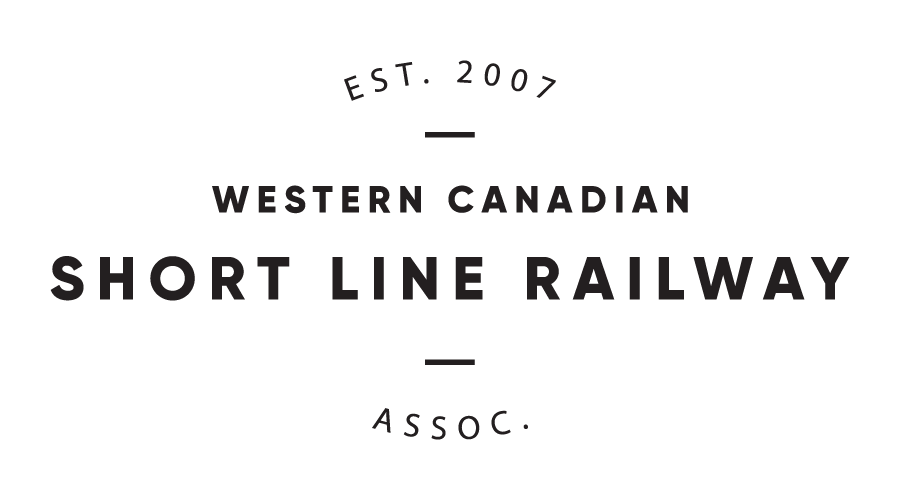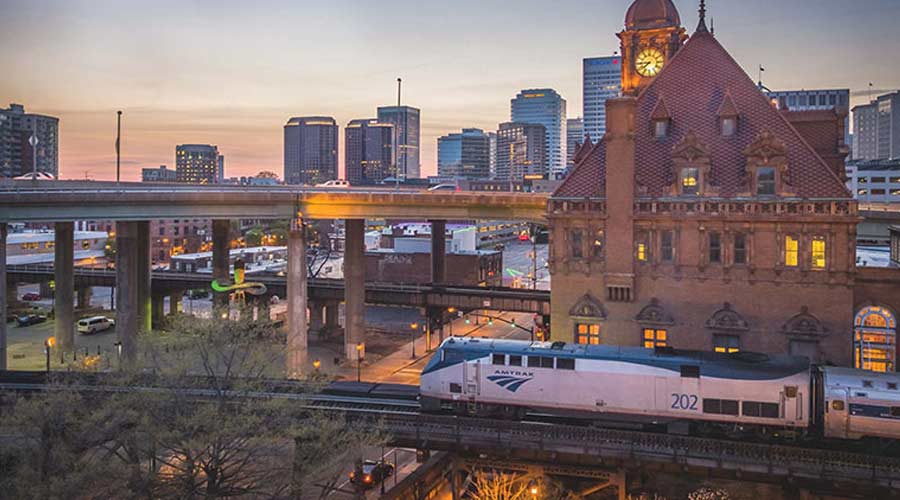Stay updated on news, articles and information for the rail industry
6/16/2014
Rail News: Passenger Rail
Rail ridership rose in first quarter, APTA says
Although overall ridership on U.S. public transit systems dipped a bit in the first quarter, ridership on all three rail modes increased compared with year-ago figures, according to the American Public Transportation Association (APTA).
Nearly 2.6 billion trips were taken on U.S. public transportation systems in the first quarter, down 0.7 percent versus first-quarter 2013. Lower gas prices contributed to the decrease, said APTA President and Chief Executive Officer Michael Melaniphy in a press release.
In addition, harsh winter weather in the quarter negatively impacted public transit systems in communities across the nation. For example, the federal government, the largest employer in the Washington, D.C., area, and many other employers shut down for four working days due to severe weather, said Melaniphy.
However, first-quarter figures show better results for rail ridership. Light-rail ridership (including modern streetcars, trolleys and heritage trolleys) climbed 3.2 percent, heavy-rail ridership (subways and elevated rail systems) rose 1.8 percent and commuter-rail ridership increased 1.1 percent.
Thirteen of 28 light-rail systems reported ridership gains in the quarter, with six systems reporting double-digit growth: San Diego, 45 percent; Oceanside, Calif., 37.8 percent; Denver, 26.7 percent; Houston, 13.4 percent; Seattle (Sound Transit), 12.6 percent; and Salt Lake City, 11.7 percent.
Seven out of 15 heavy-rail systems reported increases. Systems with significant ridership growth included New Jersey-PATH, 4.5 percent; Miami, 3.6 percent; Chicago, 3.5 percent; New York Metropolitan Transportation Authority, 3.3 percent; Boston, 2.4 percent; New York City, Staten Island Railway 2.2 percent; and San Francisco, 1.2 percent.
In the commuter-rail sector, 16 of 28 systems notched ridership growth. Systems in the following cities reported double-digit increases: Harrisburg-Philadelphia, Pa., 98.7 percent; Portland, Ore., 18.3 percent; Salt Lake City, Utah, 18.3 percent; Stockton, Calif., 17.3 percent; Lewisville, Texas, 11.9 percent; and Anchorage, Alaska, 10.8 percent.
Some of the ridership increases were due to economic recovery in several cities, as new jobs were added and unemployment fell. Denver, San Francisco and Salt Lake City were among those that registered ridership growth in part because of improvements in the local economy, said Melaniphy.
“Since nearly 60 percent of trips taken on public transportation are for work commutes, it’s not surprising to see ridership increases in cities where the economy is improving and more jobs are available,” he said.
Contact Progressive Railroading editorial staff.


 LRW Honors Amtrak’s Acheson As Railway Woman Of The Year
LRW Honors Amtrak’s Acheson As Railway Woman Of The Year
 From Editor-In-Chief Foran: Of Gender Equity And Inclusion
From Editor-In-Chief Foran: Of Gender Equity And Inclusion
 Spotlight On Some Of Today’s Rail Safety Products
Spotlight On Some Of Today’s Rail Safety Products
 Women of Influence in Rail eBook
Women of Influence in Rail eBook
 railPrime
railPrime







